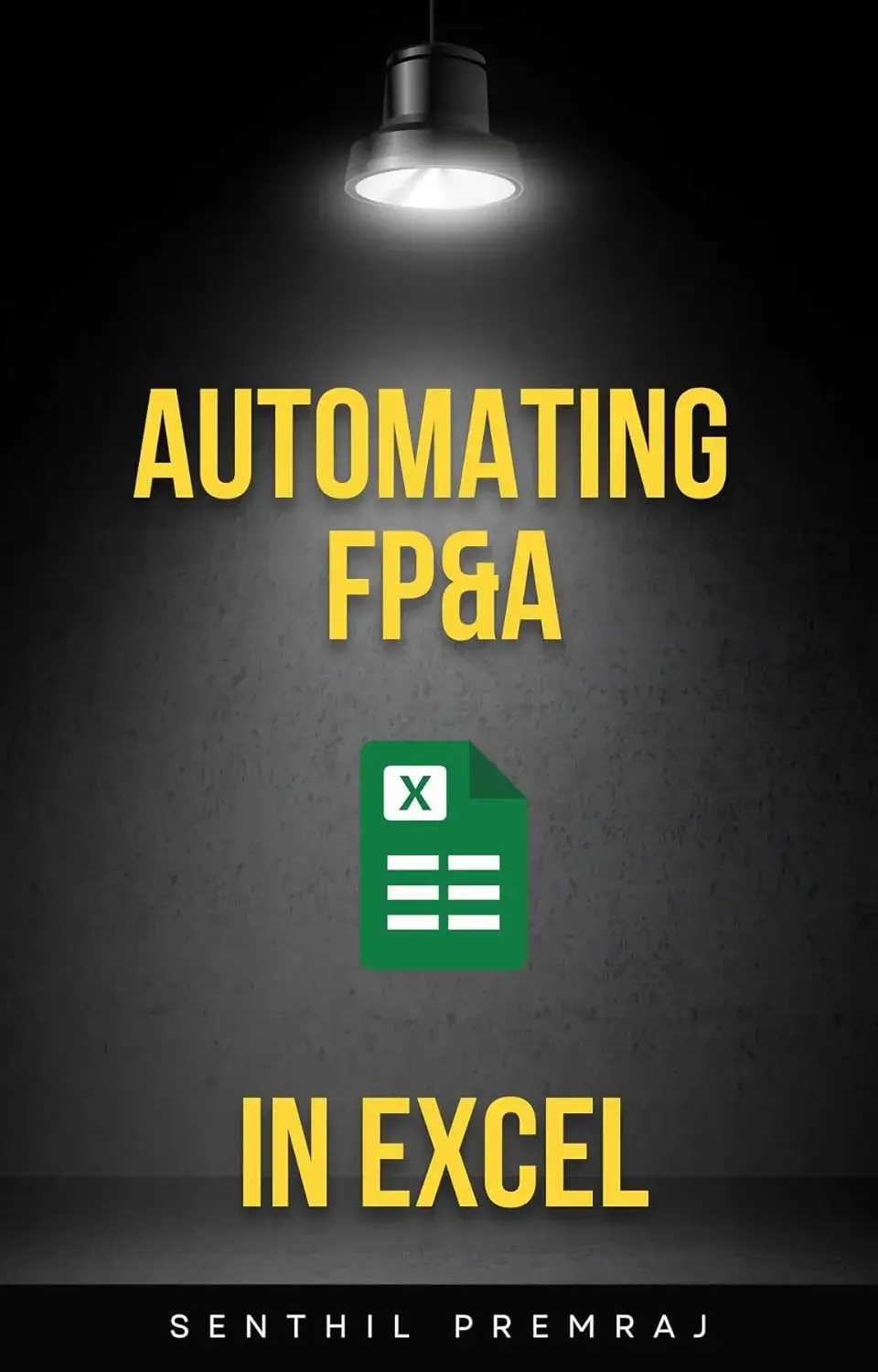
Introduction: The New Era of Financial Reporting in Insurance
Financial reporting software for insurance is transforming how CFOs manage claims, reserves, compliance, and profitability across complex, multi-state operations. In today’s regulatory and data-heavy environment, insurance CFOs face challenges that Excel simply cannot handle at scale.
From managing claims reserves and multi-line operations to meeting strict compliance requirements and delivering profitability insights to boards, the finance function in insurance has evolved. Relying on spreadsheets leads to delays, inconsistencies, and compliance risks.
Modern financial reporting software for insurance provides automation, accuracy, and real-time insights — helping CFOs make faster, data-driven decisions while reducing manual effort and error.
Excel Challenges Solved by Financial Reporting Software for Insurance
1. Fragmented Models and Data Silos
Insurance finance teams typically maintain separate spreadsheets for premiums, claims, reserves, and actuarial assumptions. This fragmentation makes consolidation tedious and error-prone.
2. Broken Links and Errors
In Excel-based environments, even a small change — like renaming a sheet — can break complex formulas and disrupt loss ratio calculations.
3. Version Chaos
“Final” spreadsheets often exist in multiple email threads, leading to confusion and mistrust in financial accuracy.
4. Manual Consolidation
Finance teams spend countless hours merging data to produce monthly or quarterly reports — time that could be spent on analysis and strategy.
As insurance companies grow to $50M–$500M in revenue, Excel-based systems become both inefficient and risky, especially when regulatory deadlines and audit readiness are non-negotiable.
How Financial Reporting Software for Insurance Optimizes CFO Workflows
1. Centralized Financial Data Management
Claims, reserves, premiums, and expenses automatically flow into a centralized, secure data repository. No more chasing spreadsheets or manual data entry.
2. Automated Consolidation Across Lines and Regions
Multi-line and multi-region P&Ls update instantly. CFOs can consolidate reporting across all branches or subsidiaries in minutes.
3. Scenario Planning and Risk Modeling
Model catastrophic events, regulatory changes, or pricing adjustments — all within one platform. CFOs can now anticipate financial impact with precision.
4. Compliance Automation
Financial reporting software automates IFRS 17 and ASC 944 compliance. Audit-ready reports are generated instantly, ensuring transparency and accuracy.
5. Real-Time Insights for Decision-Makers
Dashboards provide CFOs and executives with real-time profitability, loss ratio, and cash flow insights — supporting strategic decisions faster.
Why PivotXL Is the Best Financial Reporting Software for Insurance
Most FP&A tools force teams to abandon Excel for rigid interfaces. PivotXL takes a smarter route — it enhances Excel with automation, structure, and centralization.
CFOs Prefer PivotXL Because:
- Flexibility: Maintain your unique actuarial models, reserves, and premium analyses.
- Familiarity: Continue using Excel templates your team already trusts.
- Power: Keep the unmatched modeling capabilities of Excel, now supported by a structured backend.
PivotXL fixes Excel’s biggest weaknesses — version chaos, broken formulas, and time-consuming consolidation — without disrupting existing workflows.
Key Features of PivotXL for Insurance CFOs
Centralized Database
Unify data from multiple departments — underwriting, claims, and finance — into a single source of truth.
Deep Excel Integration
Refresh existing Excel models in one click. No need to rebuild from scratch or retrain staff.
Custom Automation Scripts
Automate claims reserves, loss ratios, and inter-state consolidations effortlessly.
Compliance-Ready Reporting
Generate audit-ready IFRS and ASC reports instantly with traceable audit trails.
Analyst Support Team
PivotXL’s analysts assist with data mapping, template design, and automation maintenance — extending your finance team’s capabilities.
Why PivotXL Is the Leading Financial Reporting Software for Insurance
Insurance finance teams must balance precision, regulatory compliance, and profitability management. FP&A software helps by ensuring:
- Accurate Claims Reserve Tracking
Automate reserve adjustments and roll-forwards. - Regulatory Compliance
Avoid penalties with automated IFRS/GAAP schedules. - Profitability by Line of Business
Analyze product-level margins across states and policies. - Scenario Planning and Risk Management
Stress-test profitability against catastrophe or market shifts.
PivotXL allows CFOs to move from operational firefighting to strategic decision-making.
Use Cases — Applying Financial Reporting Software for Insurance CFOs
Case 1: Claims Reserve Management
A regional insurer automated its claims reserves with PivotXL, reducing manual effort by 60% and improving forecast accuracy.
Case 2: Multi-State Financial Consolidation
A health insurance group unified financial data across 12 states. The result: 70% faster consolidation and error-free reporting.
Case 3: IFRS 17 & ASC 944 Automation
PivotXL enabled automated, audit-ready compliance reporting — reducing reporting time from 10 days to 2.
Case 4: Scenario Modeling for Risk Preparedness
A reinsurance CFO used PivotXL to simulate hurricane exposure scenarios, enabling faster decision-making and capital allocation.
PivotXL vs. Traditional FP&A Platforms
| Feature | Traditional FP&A Software | PivotXL |
|---|---|---|
| Excel Compatibility | Limited | Full Excel Integration |
| Centralized Database | Yes | Yes |
| Insurance Automation | Generic | Tailored for claims, reserves, ratios |
| Compliance Reporting | Add-ons required | Built-in & audit-ready |
| Analyst Support | Self-managed | Dedicated expert team |
Advanced Benefits of Financial Reporting Software for Insurance
- Scenario Forecasting: Model regulatory changes or market shifts instantly.
- Cash Flow Visibility: Predict premium collections and claim payouts.
- Audit Readiness: Keep all documentation traceable for compliance.
- Executive Dashboards: Real-time KPIs for leadership decisions.
- Investor Confidence: Deliver clean, consolidated reports during funding rounds or audits.
Best Practices for Implementing Financial Reporting Software for Insurance
- Integrate Existing Systems: Link ERP, claims, and policy systems.
- Start Small: Begin with claims and reserve models before full rollout.
- Train Teams: Ensure both finance and actuarial staff adapt smoothly.
- Maintain Familiarity: Keep existing Excel templates to minimize disruption.
- Leverage Analyst Support: Use PivotXL experts for ongoing automation.
FAQs: Financial Reporting Software for Insurance
Q1: Can it handle multi-line and multi-state operations?
A: Yes. PivotXL consolidates data from multiple regions and product lines.
Q2: Does it replace Excel?
A: No — it integrates directly with your Excel templates.
Q3: Can it automate claims reserves?
A: Yes. Reserve calculations and roll-forwards can be fully automated.
Q4: How secure is the platform?
A: PivotXL offers enterprise-grade encryption and detailed audit logs.
Q5: How fast can it be implemented?
A: Most insurance companies go live in 4–6 weeks.
The Bottom Line: Financial Reporting Software for Insurance CFOs
For CFOs in $50M–$500M insurance organizations, financial reporting software for insurance is not optional — it’s essential.
PivotXL helps CFOs:
✅ Close books faster
✅ Improve compliance
✅ Gain real-time visibility
✅ Strengthen reporting accuracy
It doesn’t replace Excel — it makes Excel scalable, automated, and audit-ready.
Call to Action
Book a Demo Today
See how PivotXL transforms insurance financial reporting at pivotxl.com.
At Saastrail, we blend finance expertise with innovation to empower modern enterprises. Learn more at saastrail.com.



